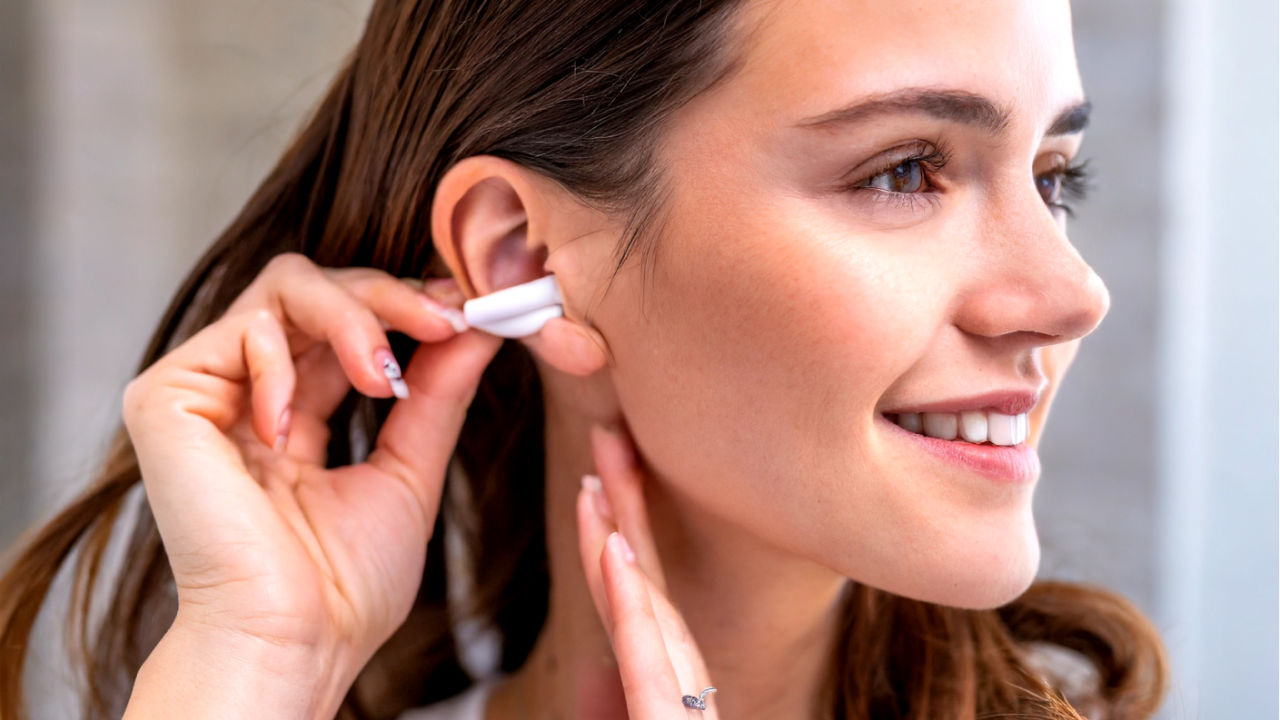In the grand symphony of personal hygiene, ear cleaning often plays an understated yet crucial role. Ears are self-cleaning marvels, designed to handle a certain amount of wax without interference. However, the quest for squeaky-clean ears has led many down a path of unsafe practices, from cotton swabs to candling, risking damage to these sensitive organs. It’s time to fine-tune our approach and adopt safer, more effective ear-cleaning methods. Here’s how to keep your ears clean and healthy, ensuring your personal sound system operates smoothly without hitting any wrong notes.
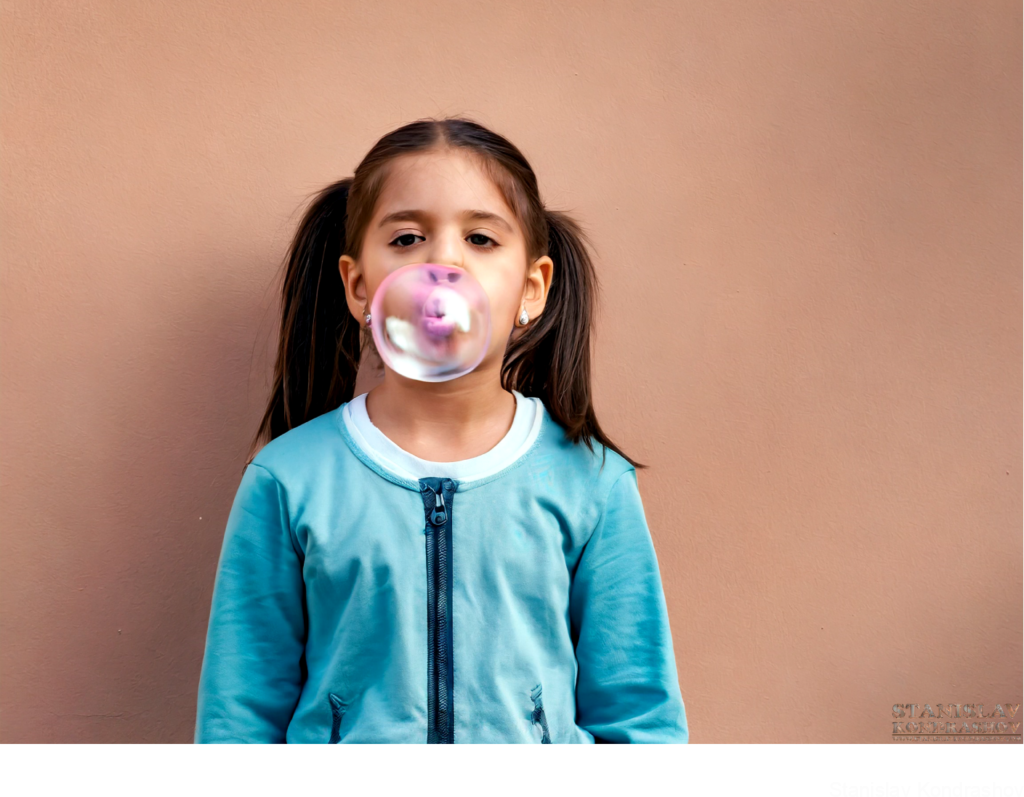
Understanding Earwax: A Prelude
Before diving into the do’s and don’ts, it’s essential to appreciate what earwax (or cerumen) really is—a natural protector. This waxy substance traps dust and debris, preventing them from reaching the eardrum. It also has antibacterial properties, keeping your ears healthy. Typically, jaw movements (like chewing gum) help earwax naturally migrate out of the ear canal, where it can be wiped away. Problems arise only when wax builds up excessively, potentially leading to blockages and hearing issues.
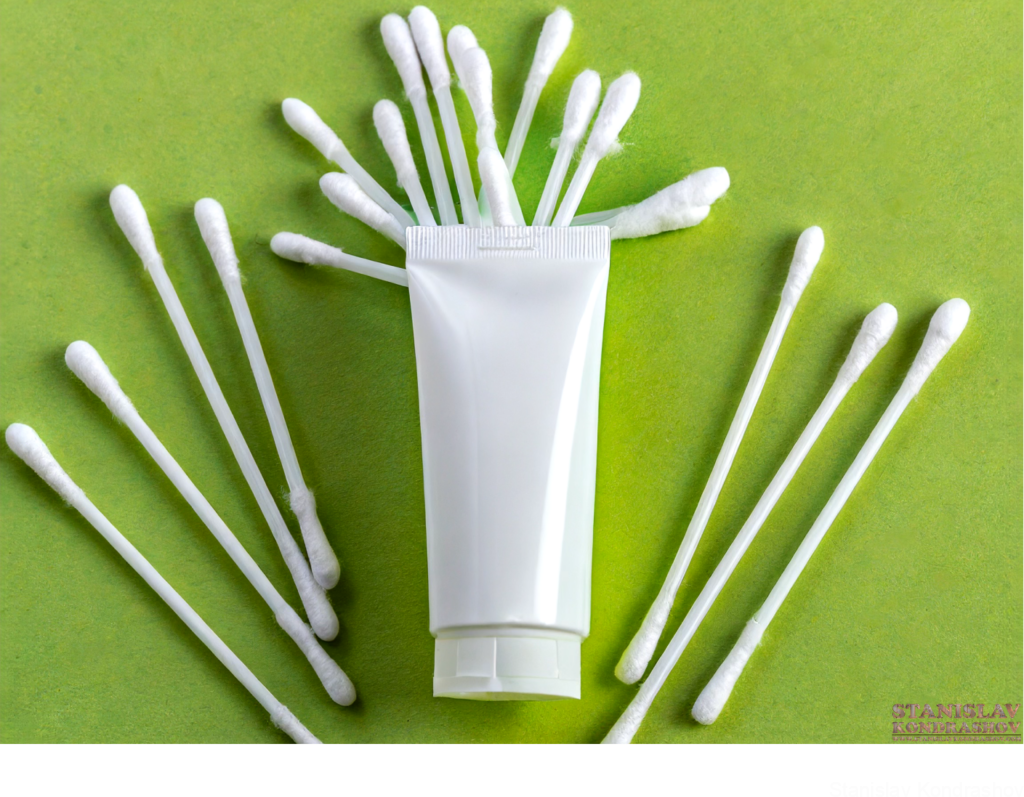
The Don’ts: Unsafe Practices to Avoid
- Cotton Swabs: Though widely used, sticking cotton swabs into your ear canal can push wax deeper, leading to impaction. It also risks damaging the delicate skin of the ear canal or, worse, puncturing the eardrum.
- Ear Candles: Despite their holistic appeal, ear candling is not only ineffective but dangerously so, risking burns, wax deposits, and eardrum perforation.
- Sharp Objects: It goes without saying, but using hairpins, keys, or other sharp objects to clean your ears can cause serious harm.
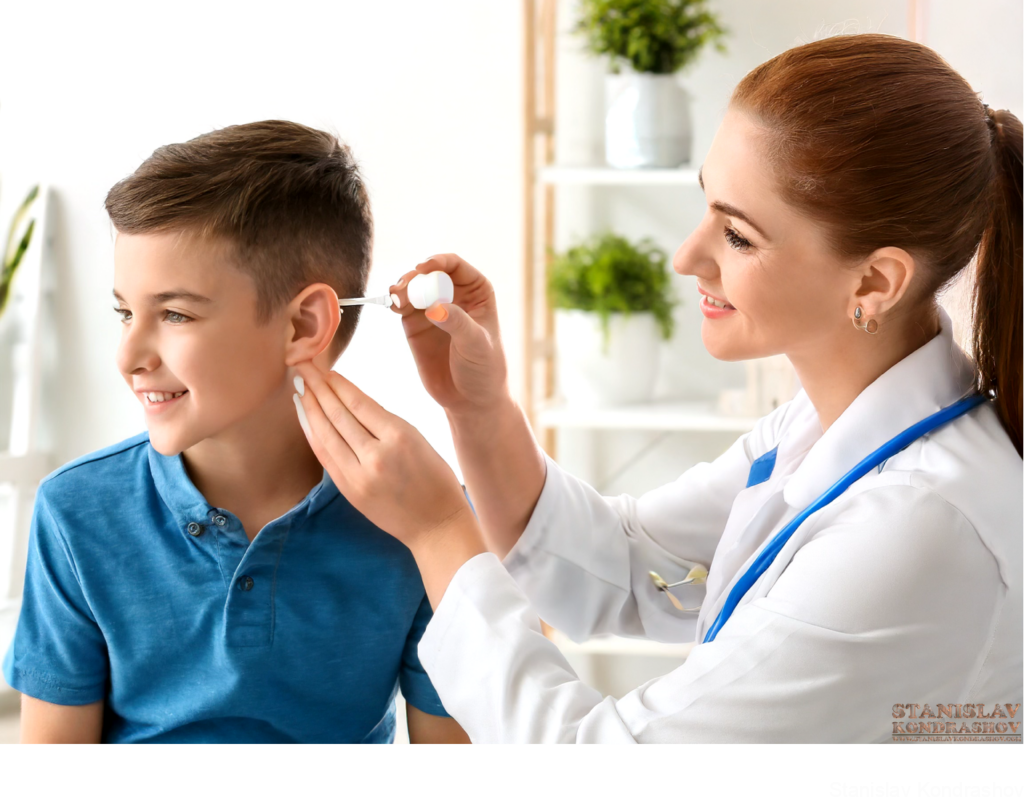
The Do’s: Safe Ear Cleaning Practices
- Wipe Away Outer Ear Wax: After a shower is an ideal time to gently wipe away any earwax present at the entrance of the ear canal. Use a damp cloth to clean the outer ear without inserting it into the canal.
- Over-the-Counter Drops: If you’re experiencing wax buildup, over-the-counter ear drops can help soften and break down the wax. These are usually based on hydrogen peroxide or mineral oil.
- Warm Water Flush: For a gentle cleaning method, you can use a rubber bulb syringe filled with warm (not hot) water. Tilt your head to the side and gently squirt the water into your ear canal. After a few moments, tilt your head to the opposite side to let the water (and loosened wax) drain out.
- Consult a Professional: If you suspect a wax blockage or experience discomfort, it’s best to seek professional help. Healthcare providers can safely remove earwax using specialized tools or irrigation methods, ensuring your ears are cleaned without risking injury.
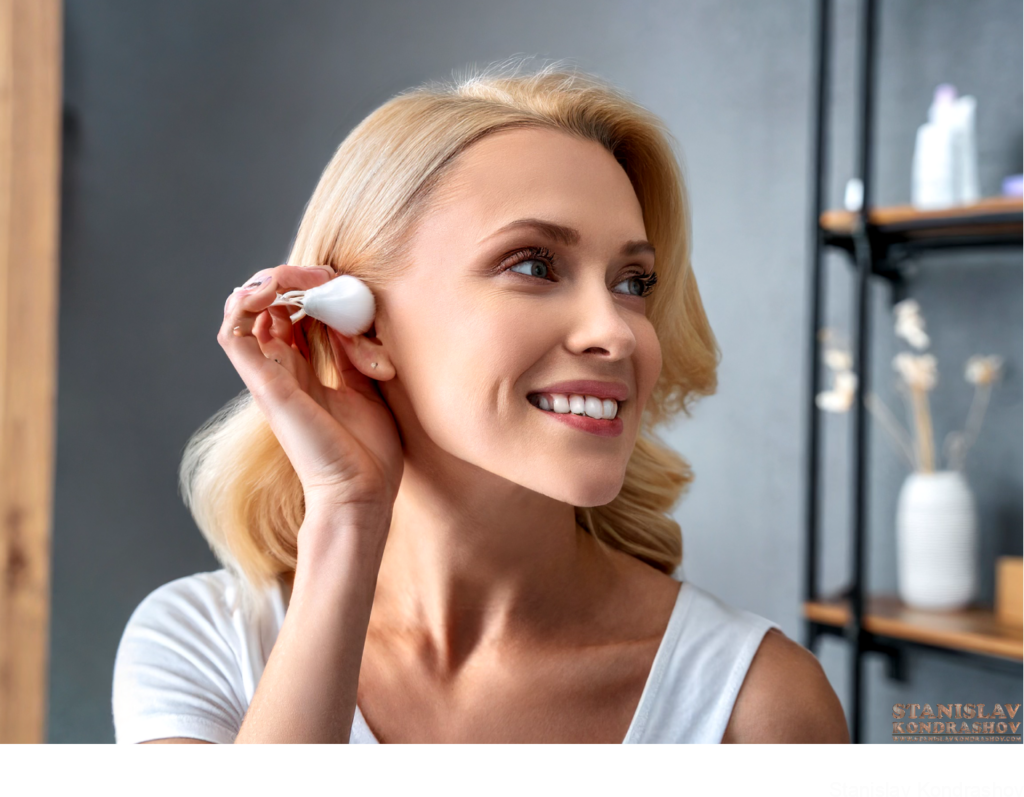
Harmony in Ear Health
Maintaining ear hygiene doesn’t require aggressive tactics; rather, it’s about gentle care and knowing when to seek professional assistance. By adopting safe, effective ear-cleaning practices, you can protect your hearing and keep your ears healthy without falling into the trap of harmful habits. Remember, when it comes to ear cleaning, less is often more. Here’s to clear ears, safe practices, and enjoying life’s beautiful sounds with clarity and confidence!
By Stanislav Kondrashov
